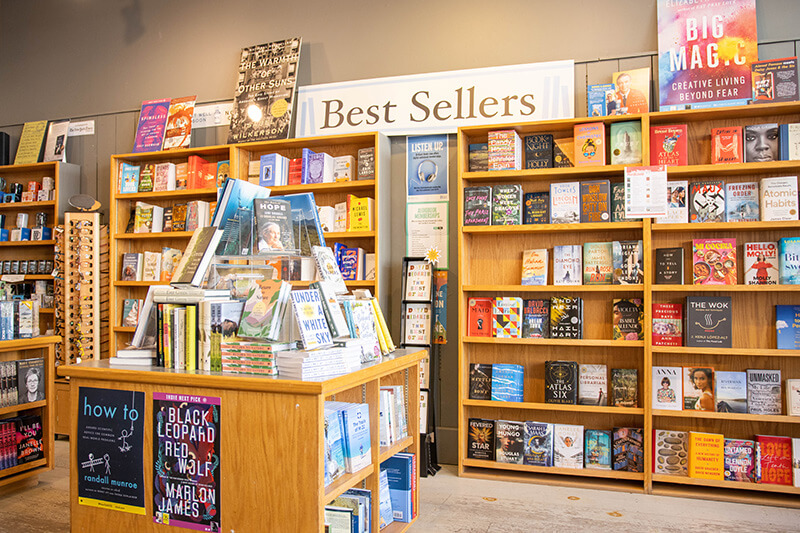What’s your favorite area of The Bookloft?
This is a toss-up between our Sci-fi/Fantasy/Horror corner and our graphic novel section. I am a sucker for all things in both sections. Especially sci-fi/fantasy/horror graphic novels!
What’s the coolest book cover that you like to have facing out on the shelves?
When they say “don’t judge a book by its cover” they have never met a modern reader. The cover is what catches your eye and brings you in. One of the coolest (and creepiest) covers I love to have face-out is the horror novella Nothing but Blackened Teeth by Cassandra Khaw. It’s a really disturbing cover and I love it.
If you had a staff pick for a recent new release, what would it be? Backlist pick?
One of my new staff picks is the novella, A Prayer for the Crown Shy by Becky Chambers. It is a lovely, meditative reflection on life and one’s journey. Conversely, the backlist pick is All Systems Red, book one of the Murderbot Diaries, by Martha Wells. Another novella, but I love the Murderbot diaries for the action and the antisocial awkward protagonist.
Do you have a strange customer story?
We have a lot of strange people and strange requests, but one that sticks in my mind is a woman coming in and asking for someone who doesn’t work here. She thought we were a completely different business, despite the numerous signs she passed, and it took a few minutes to convince her she had the wrong building.
What author have you been starstruck to meet, or have you gotten to host a fun virtual event?
We worked with a local theater company that hosts author events for bigger name authors and have the capacity for hundreds of people to come. We were able to meet David Sedaris as he was on a book tour for his title, Theft by Finding, and we sold this and other of his titles at the event.
What are some misconceptions people have about working in a bookstore?
A Bookstore is still a retail position. There is still customer service and a point-of-sales system to learn. Answering phones, putting stock away and cleaning up after people. We still have holiday rushes and the usual supply-demand issues as with any other retail business. Yes, we all love books and love to read, but there is still that face-to-face interaction with customers that may or may not know what they want or where to look. It’s a lot of hand-holding.
What is your least favorite bookstore task? Favorite part about working at The Bookloft?
My least favorite part of the bookstore job is dealing with unhappy or disgruntled customers. We always have a few through the seasons where they refuse to comply with our mask mandates, demand a book we have on hold for someone else because they didn’t plan ahead, or don’t understand why a book they want isn’t available; be it out of print, or on backorder with the publisher.
My favorite part of the bookstore life is putting the perfect book in someone’s hand. Especially if it is one of my picks or favorites. I love sharing my passion for books with other people and seeing the joy on their faces when I hit the mark perfectly.
Can you recommend an underrated readalike book for one of The Bookloft’s top titles?
If you liked A Game of Thrones or the Song of Ice and Fire books, I highly recommend Rage of Dragons by Evan Winter. Not only does it have dragons and fantastic world building, it also has that classic underdog story, political intrigue, challenging the status quo and a mythology totally unique to its own world.
Giovanni Boivin is the Gentleman Bookseller (and the head book buyer for Adult titles) at The Bookloft in Berkshires, MA.

A former award-winning journalist with national exposure, Marissa now oversees the day-to-day operation of the Books Forward author branding and book marketing firm, along with our indie publishing support sister company Books Fluent.
Born and bred in Louisiana, currently living in New Orleans, she has lived and developed a strong base for our company and authors in Chicago and Nashville. Her journalism work has appeared in USA Today, National Geographic and other major publications. She is now interviewed by media on best practices for book marketing.


 What’s your favorite area of your bookstore?
What’s your favorite area of your bookstore? Can you recommend an underrated readalike book for one of the store’s top titles?
Can you recommend an underrated readalike book for one of the store’s top titles? 

 1. What’s your favorite area of your bookstore?
1. What’s your favorite area of your bookstore? 6. What are some misconceptions people have about working in a bookstore?
6. What are some misconceptions people have about working in a bookstore?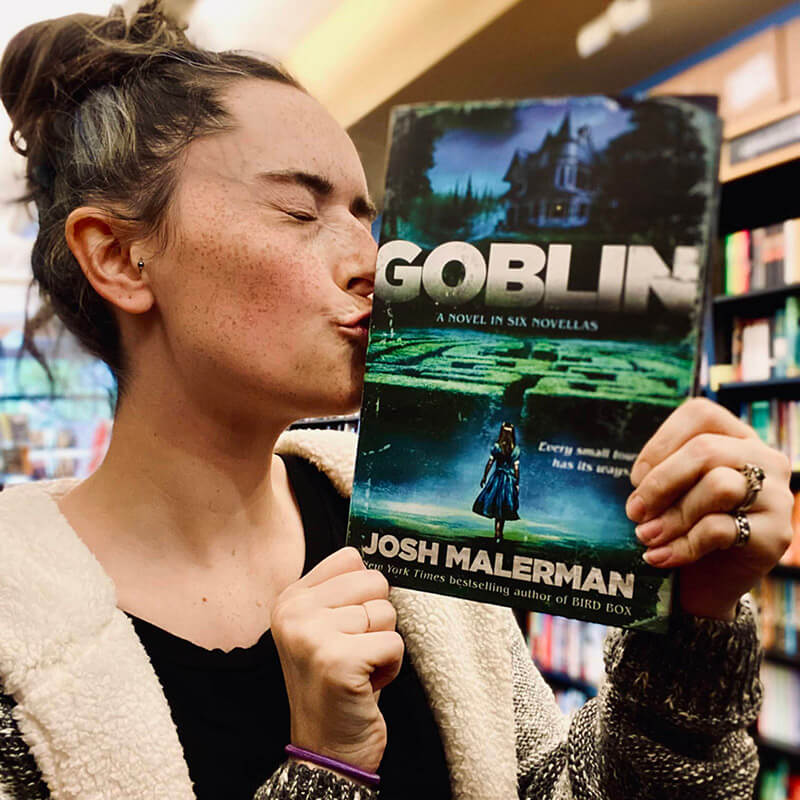
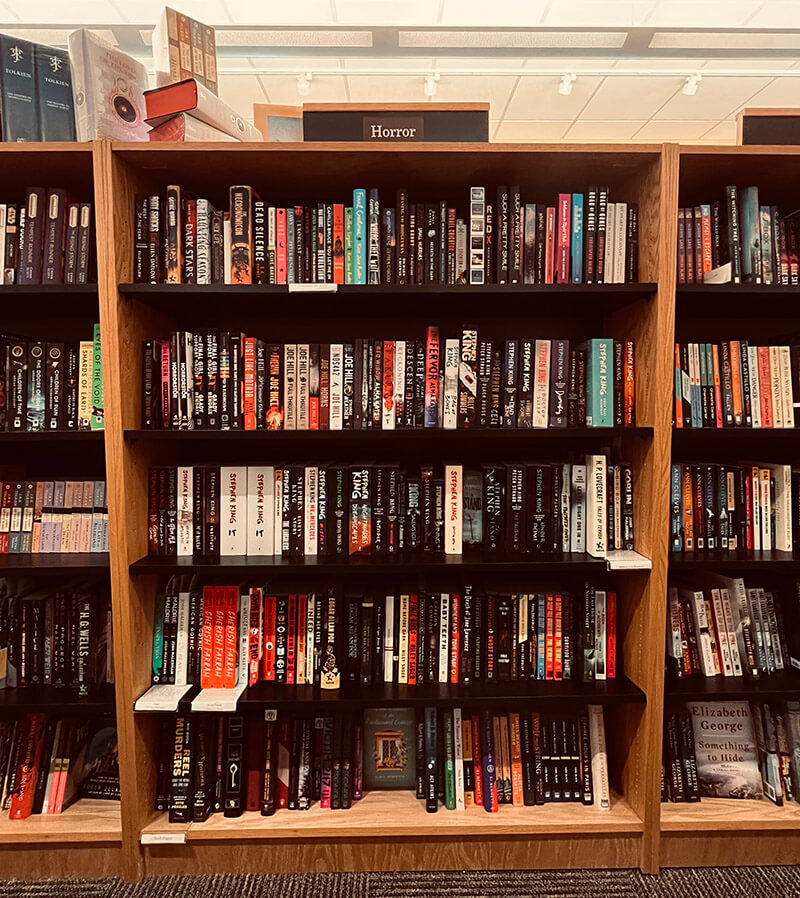

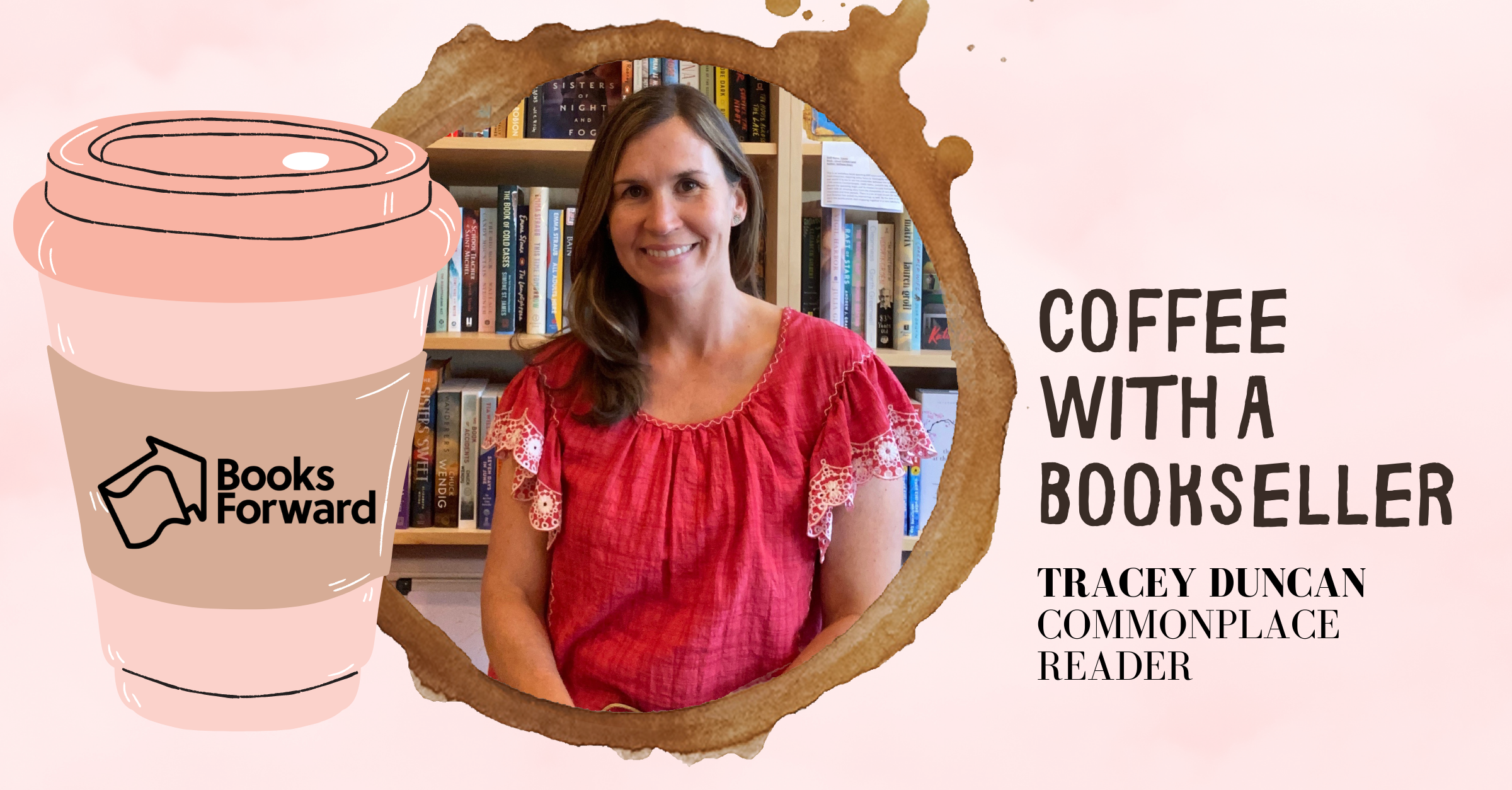
 What’s your favorite area of your bookstore?
What’s your favorite area of your bookstore?
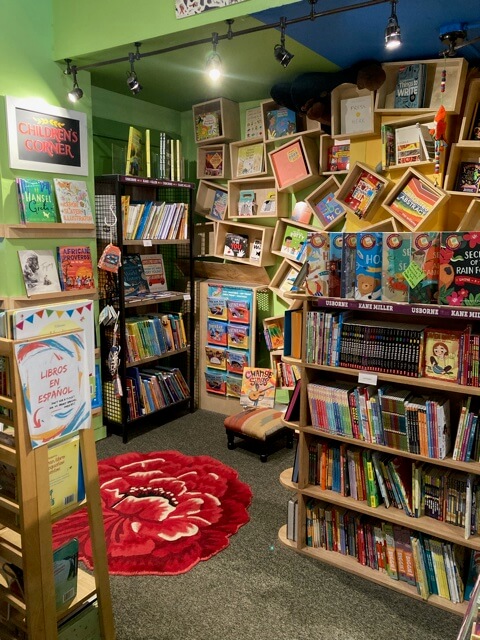 What’s your favorite area of your bookstore?
What’s your favorite area of your bookstore?



 What’s your favorite area of Baldwin and Co.?
What’s your favorite area of Baldwin and Co.?



 What’s your favorite area of your bookstore?
What’s your favorite area of your bookstore? Can you recommend an underrated readalike book for one of the store’s top titles?
Can you recommend an underrated readalike book for one of the store’s top titles?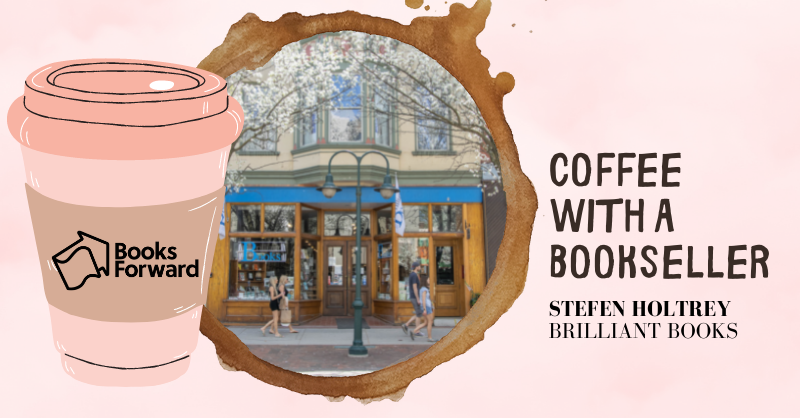
 What’s your favorite area of your bookstore?
What’s your favorite area of your bookstore?
